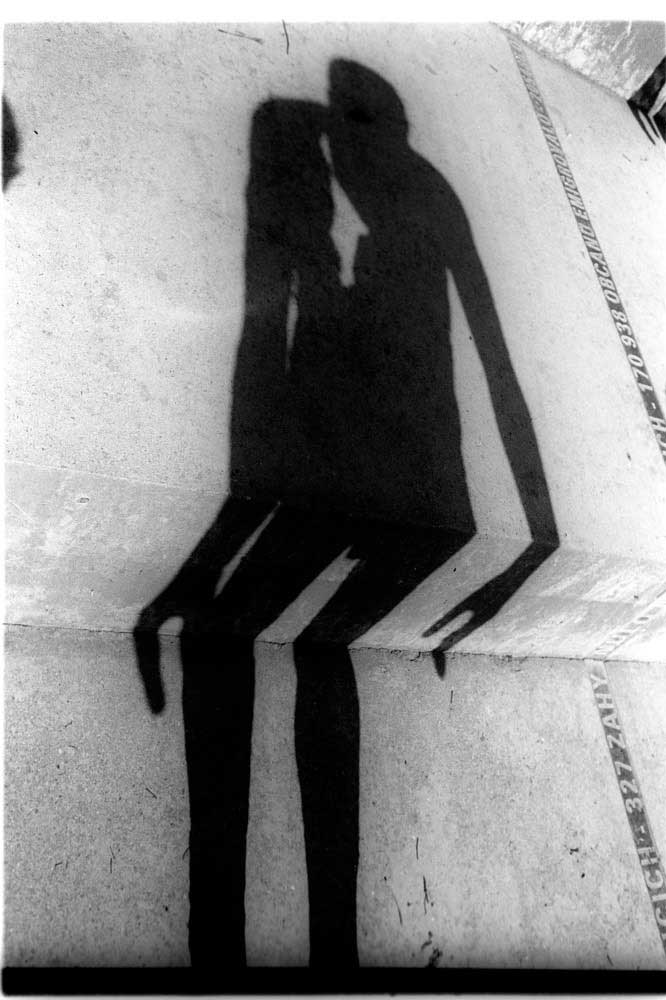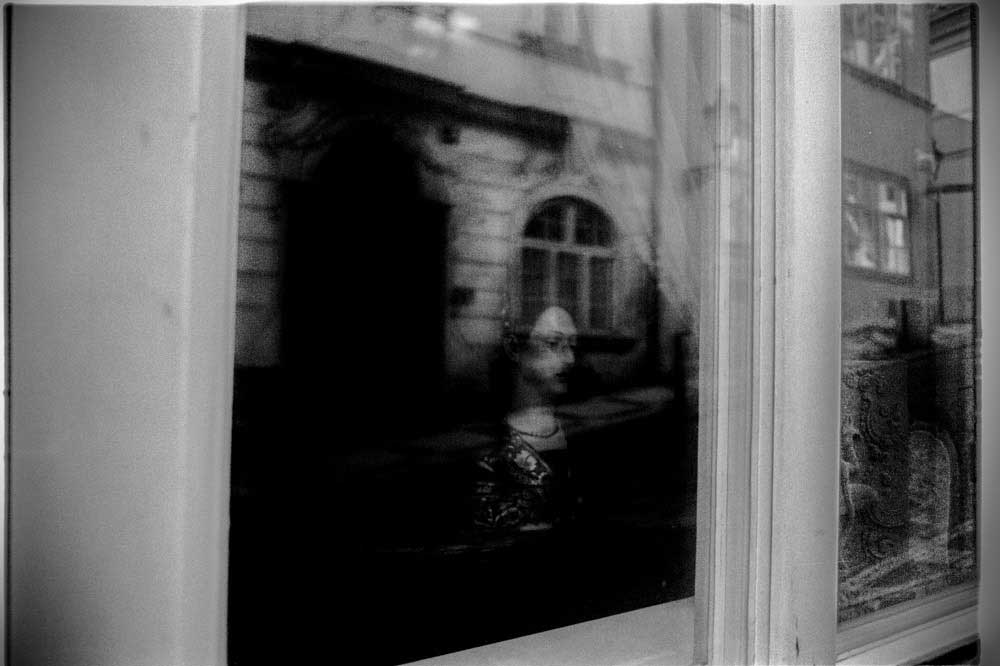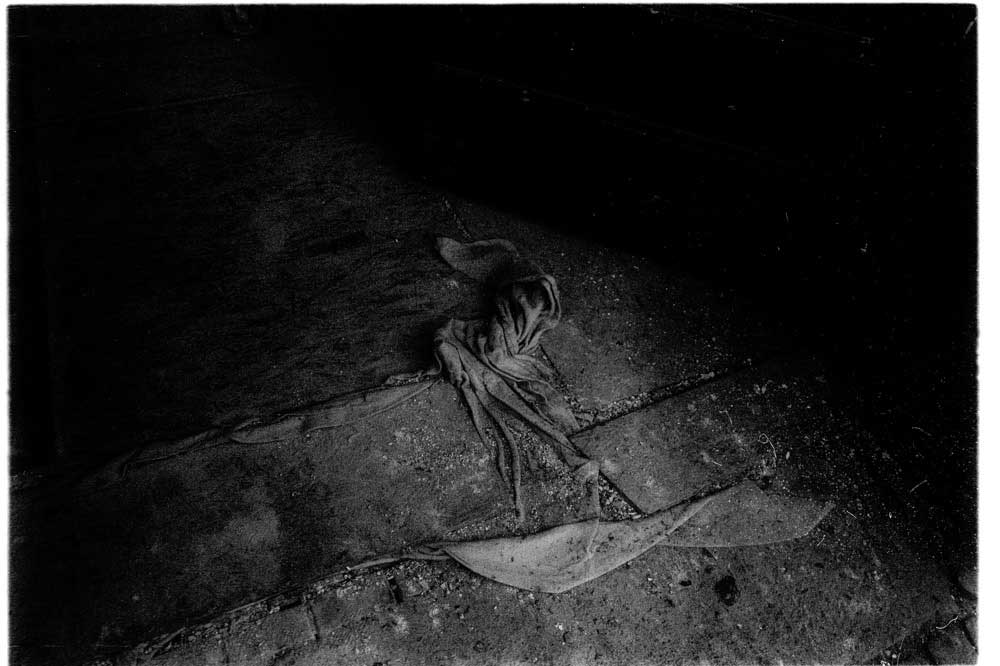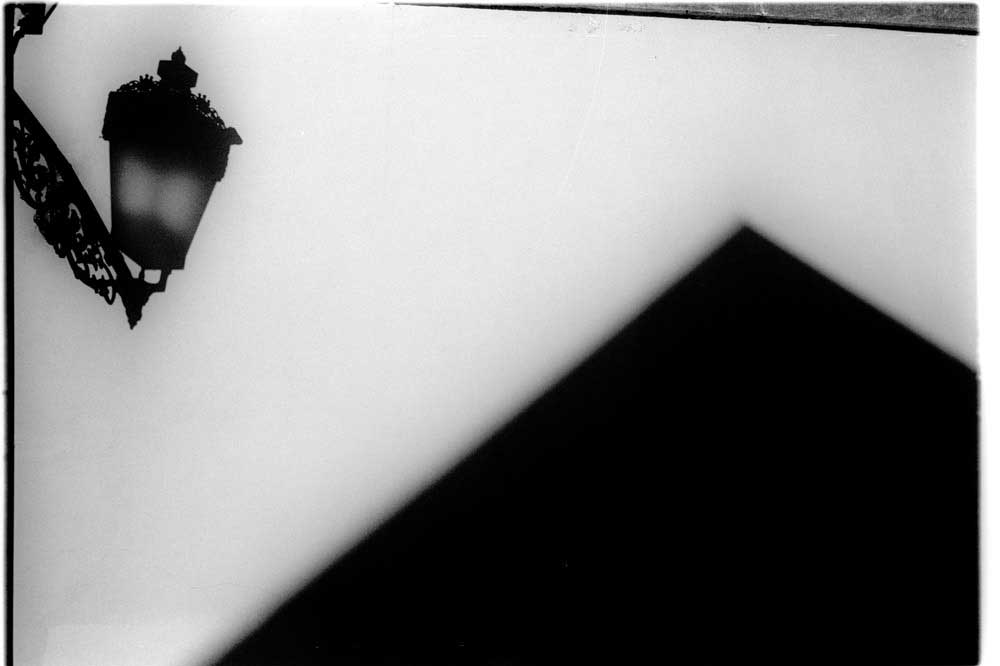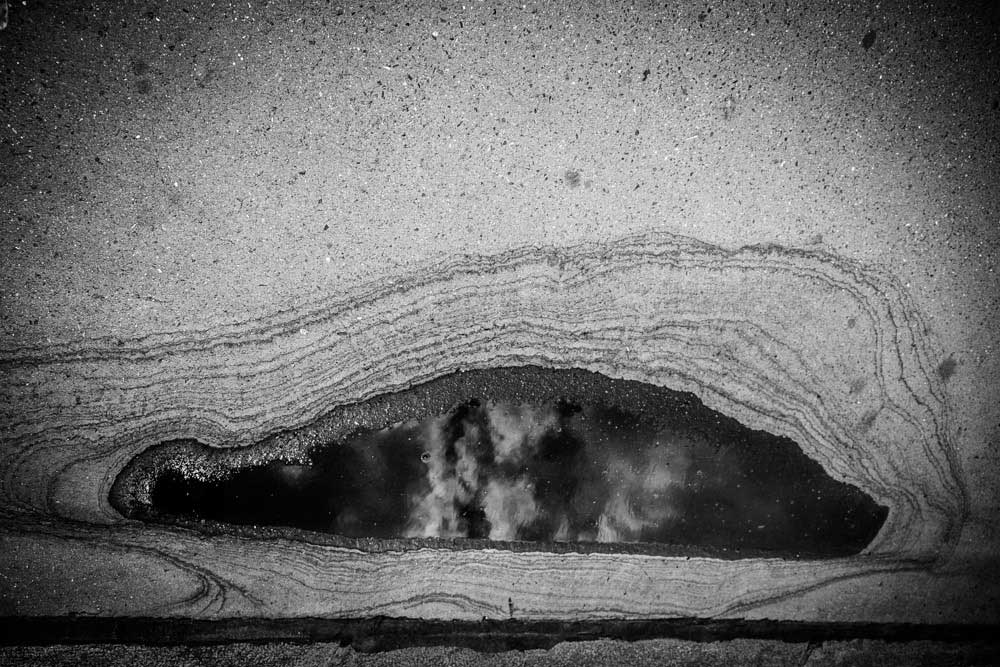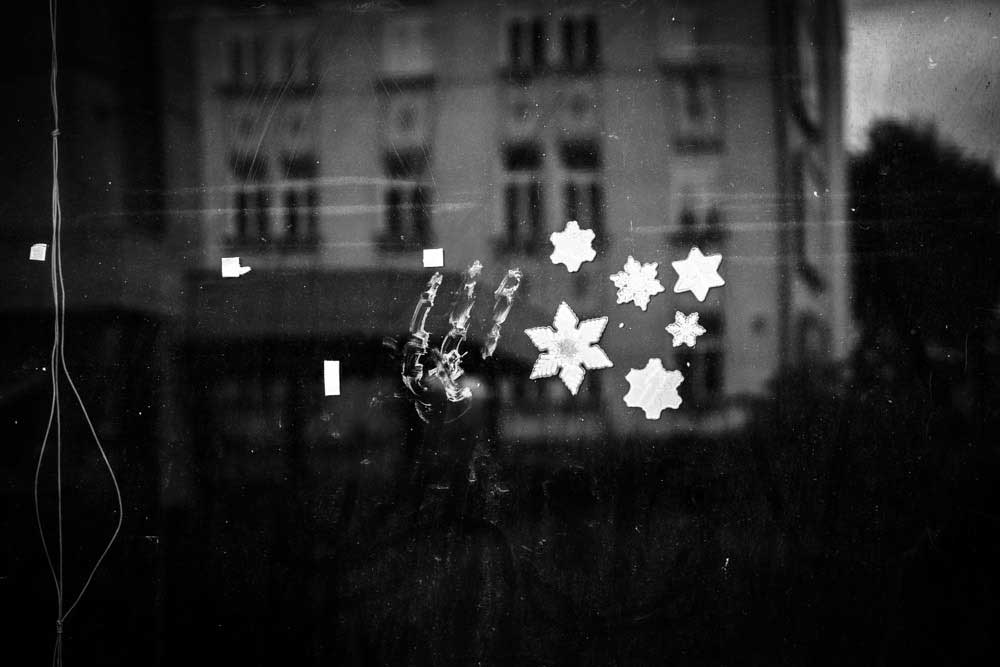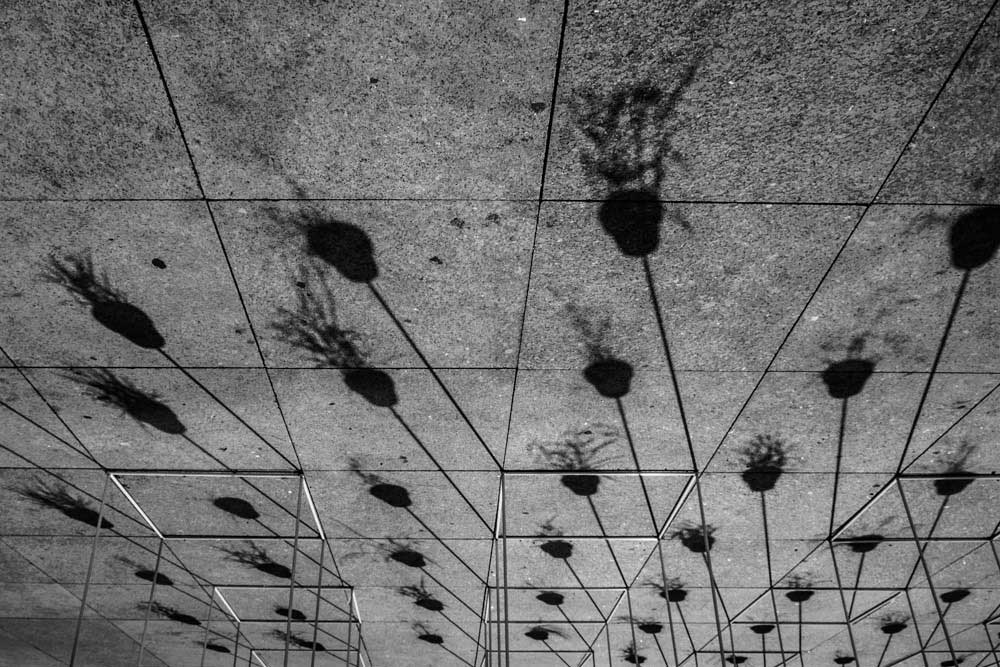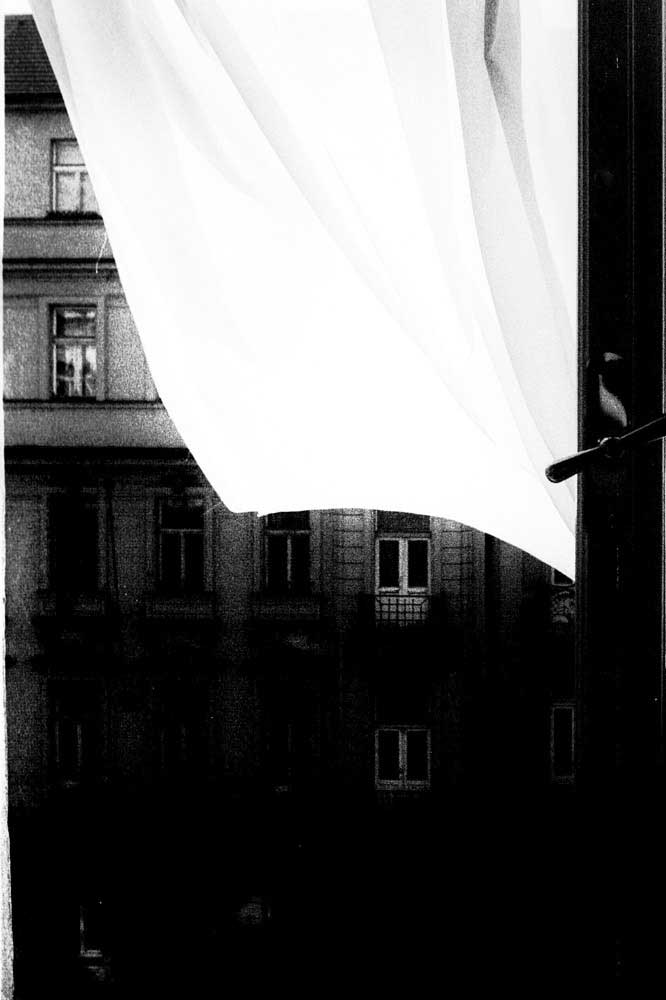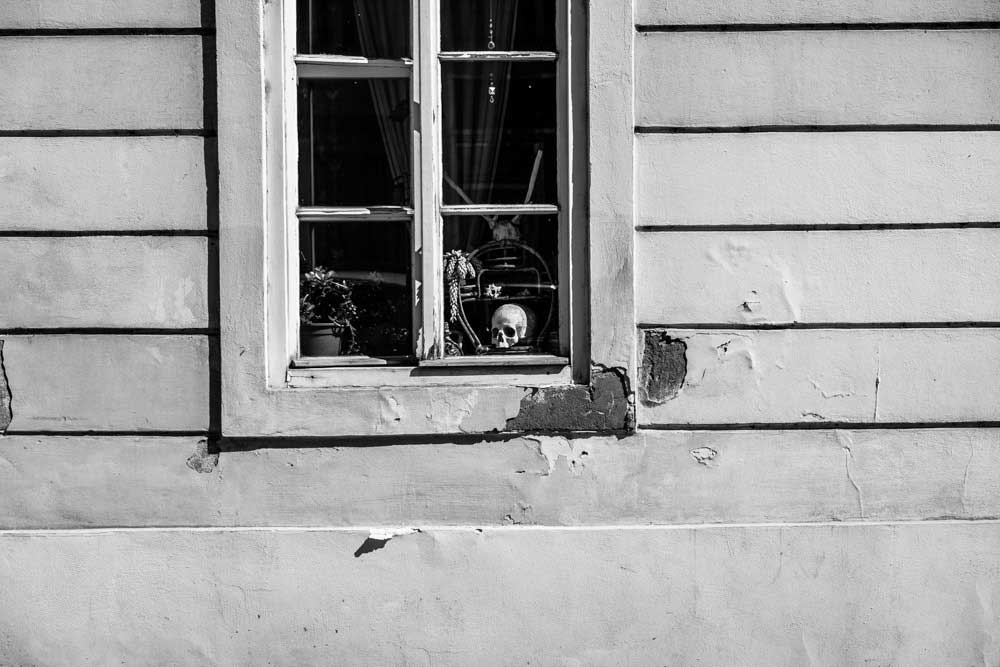Hand in hand, we walked the streets of Prague, under the scorching July sun.
What would Kafka think of today’s Prague? Would he learn to navigate the car-filled streets?
A never-ending array of souvenir stores with blaring music filled to the brim with crystal vases, “I Love Prague” scarves, hats and T-shirts, Krtek toys, tacky restaurants offering Czech beer and ice-cream seller stands. We elbowed our way through Charles’ Bridge and were amused by throngs of people having their photos taken by the Dancing House.
With his jet-black hair and piercing gaze which testifies to his anguished personality, would he appreciate the city’s vast expanse and its cosmopolitan feel?
Would he be overwhelmed by the multinational tourist masses traversing the streets from one city highlight to the next? Would he feel alienated and lonely among so many strangers?
Would he find the giant kinetic statue of his own head made of glassy panels worth having a selfie? Or more probably, would he find it physically repulsive, just like his own looks?
There seemed to be no more traces left of the time when Prague was a part of the Austro-Hungarian Empire. Fin de siècle city was hidden behind gaudy posters and commercial signs. It was hard to find it beneath the omnipresent veneer of cheapness and plastic contemporaneity. We had to peel layers upon layers of shabby modernity to catch a glimpse of the old city tissue: it revealed itself at moments only, quite unexpectedly and it allowed us admire its former beauty: like at Hradčany at 7 o’clock in the morning: the whole area reminiscent of Josef Sudek photographs: monumental and majestic streets, abandoned by people, centuries’ old buildings towering over cobbled streets. Silence, dotted only by cooing pigeons and tolling bells. So this is how it might have looked like, we thought with awe. [Official Website]



